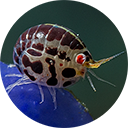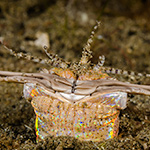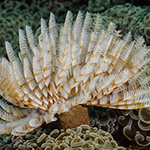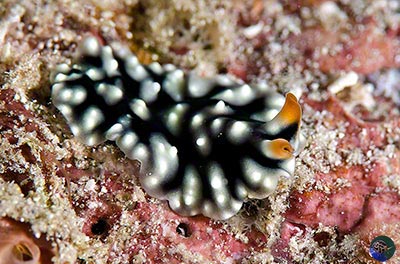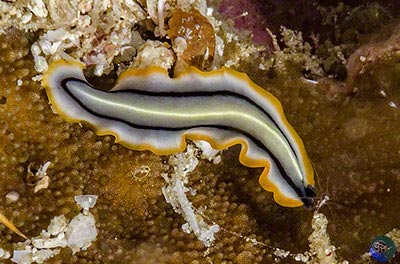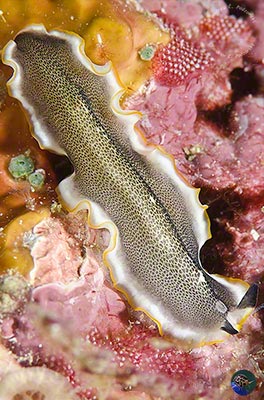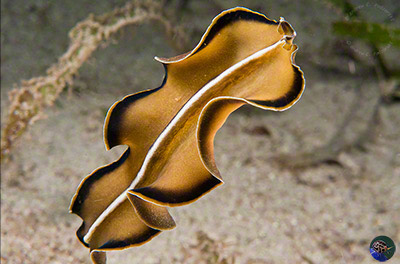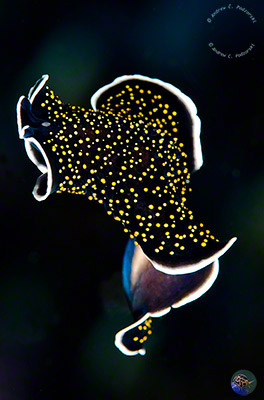Pseudoceros Flatworms

This is the most varied of the commonly seen marine genera which is why it has been separated out here. Morphologically they are very similar, but as you can see from the images, they have a wide range of exotic colours and patterns.
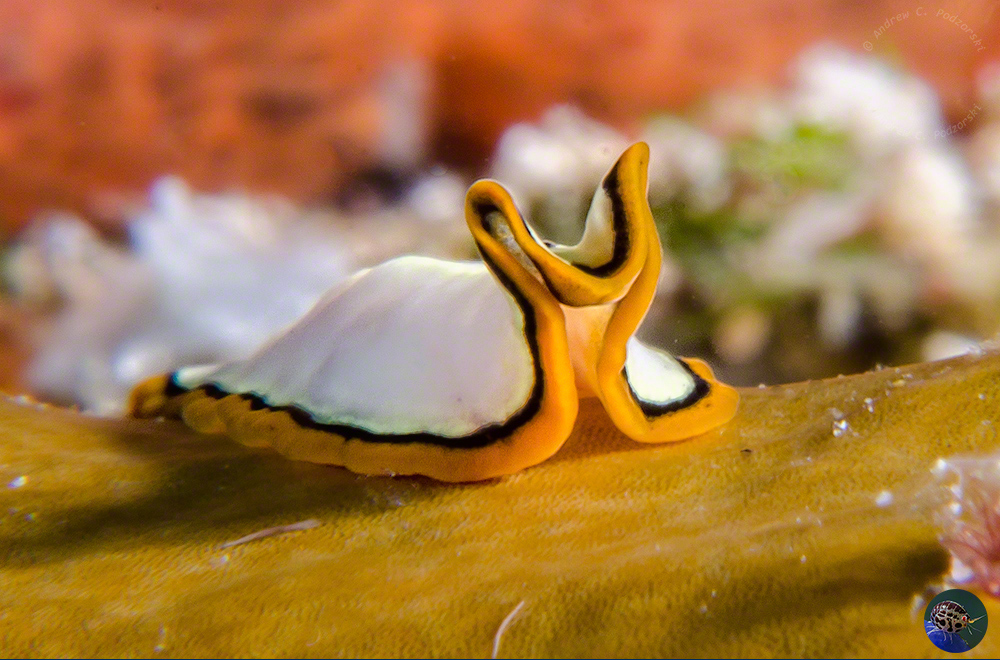
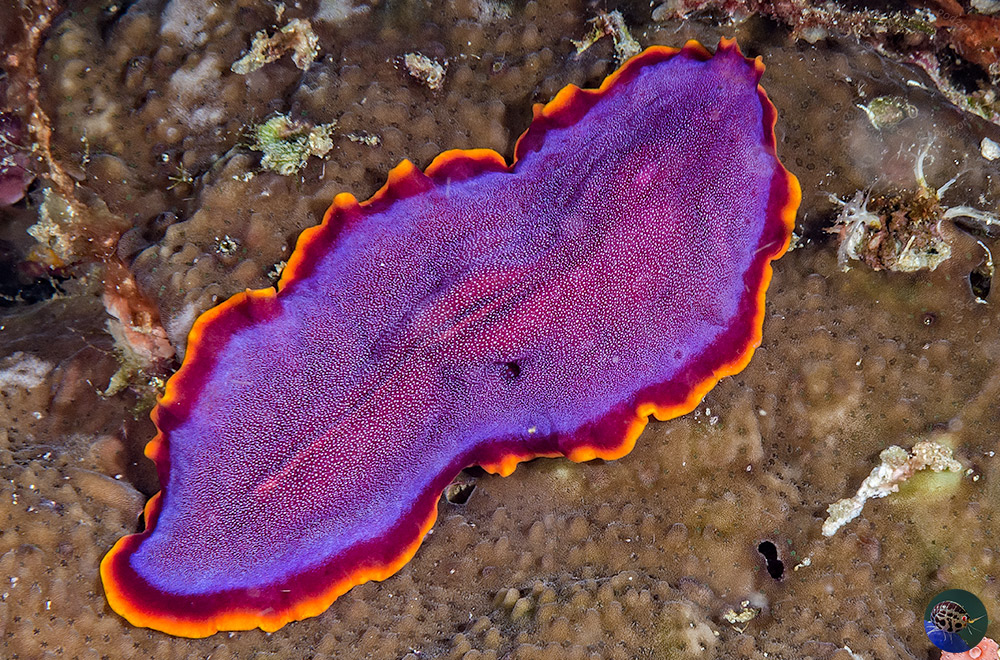






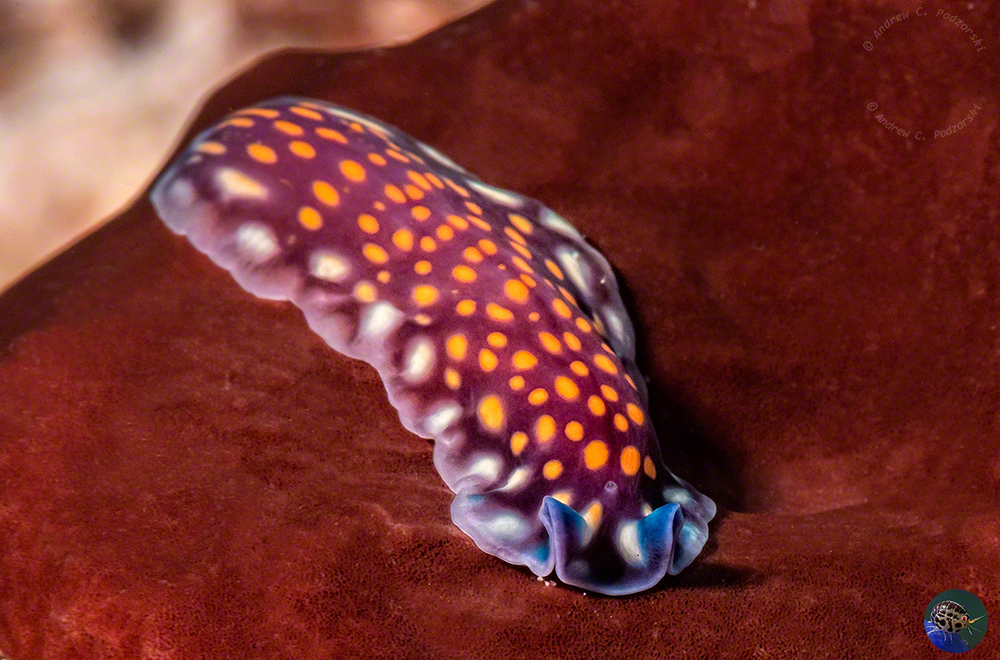
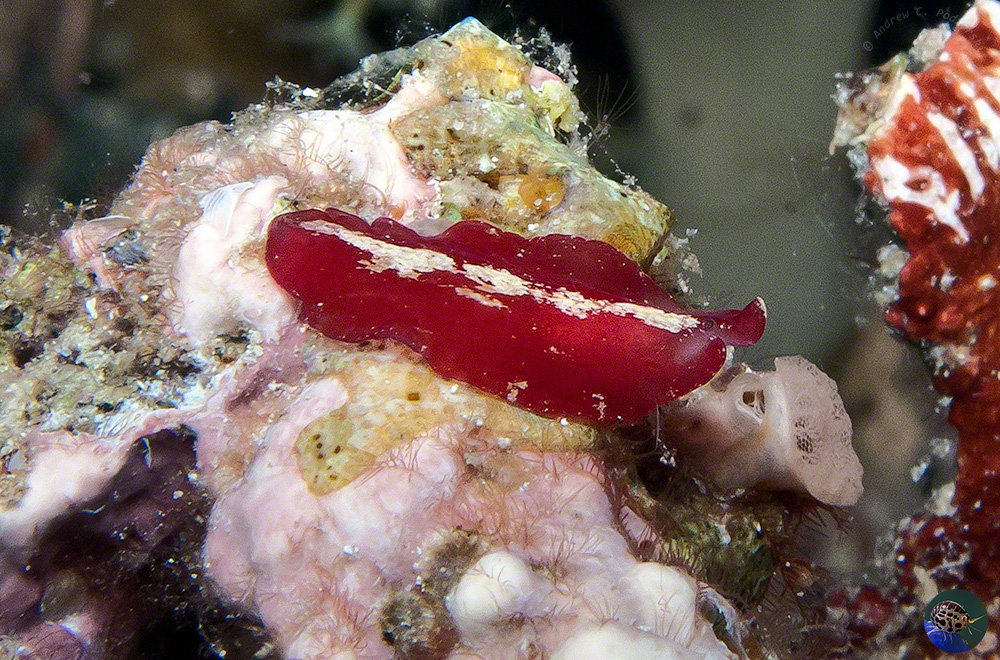
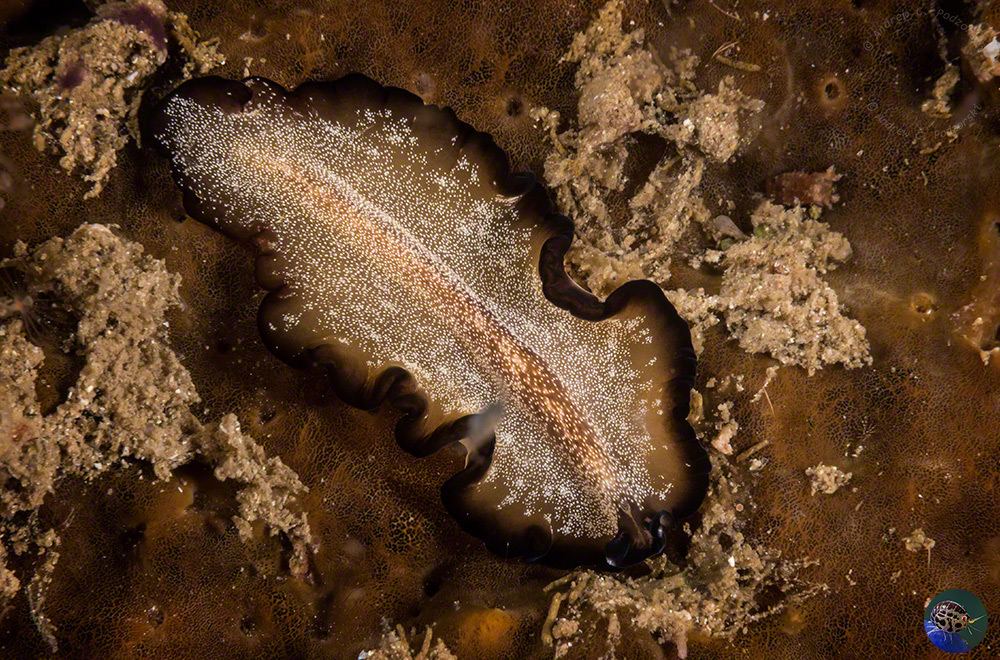








Other Polyclads

Polybiceros has the largest species (Pseudobiceros hancockanus) that can reach 14cm, while P. gratus can reach over 10cm (pers.obs.). Together with the genus Maiazoon they have many species with beautifully ruffled edges looking like hems on dancing dresses.
The Persian Carpet Flatworm (Pseudobiceros bedfordi) is shown in the first few images. A pair enguaged in penis-fencing is shown in the second photo. Further on, sperm injected under the surface of the flatworm can be seen in the pair of fencing Prostheceraus sp..
Most flatworms only have pseudotentacles and only Callioplana have true tentacles.
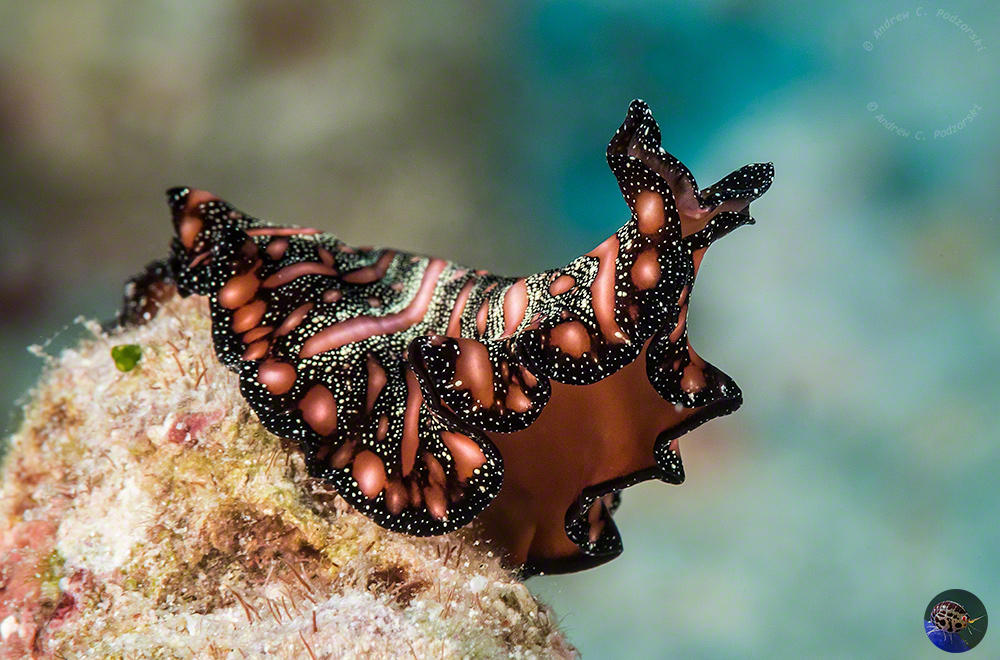
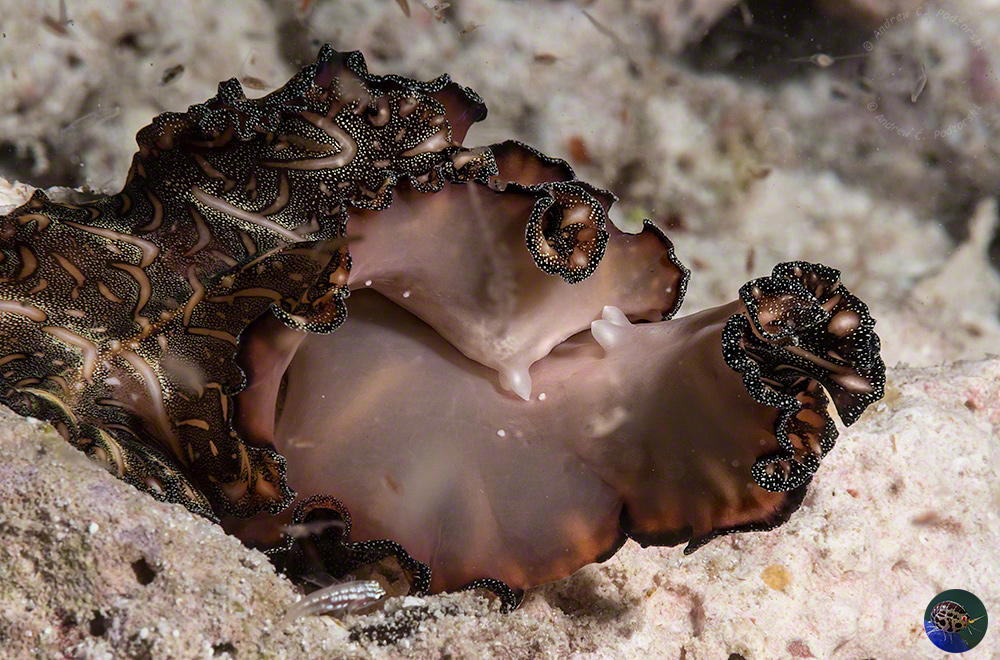
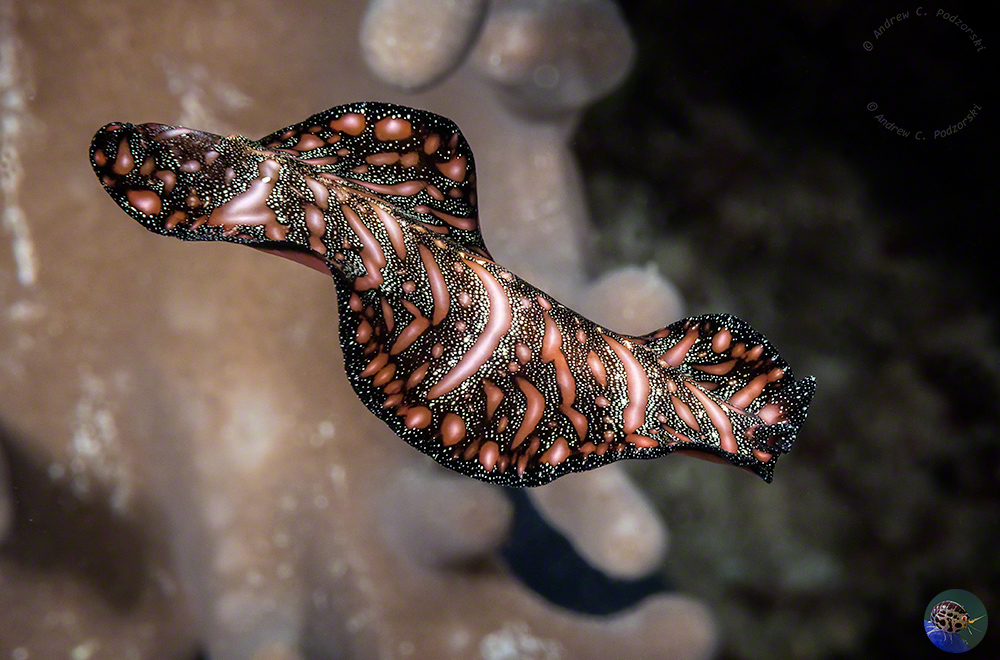

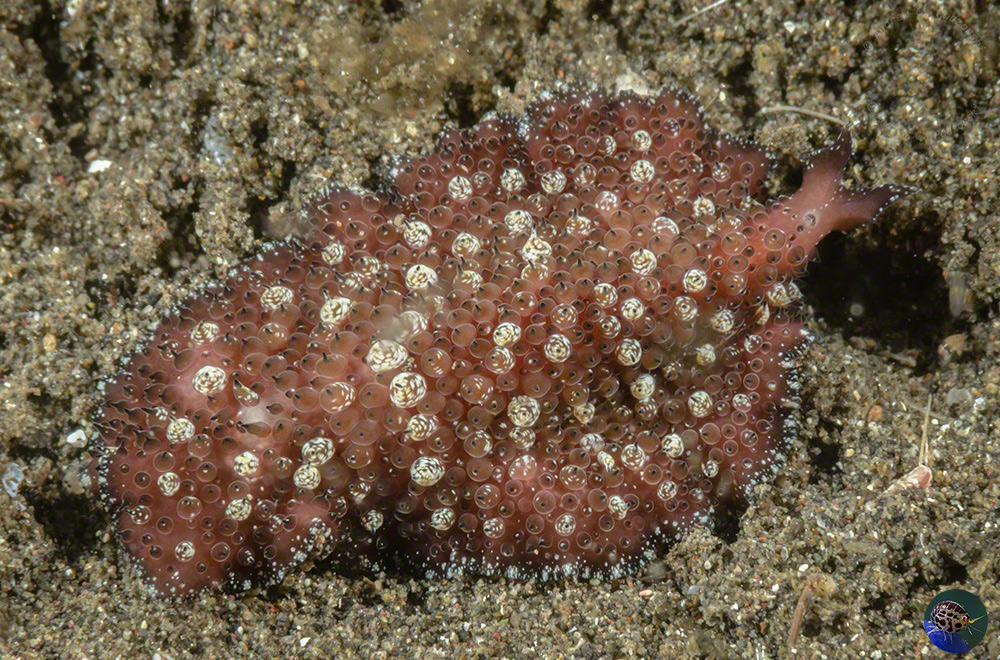



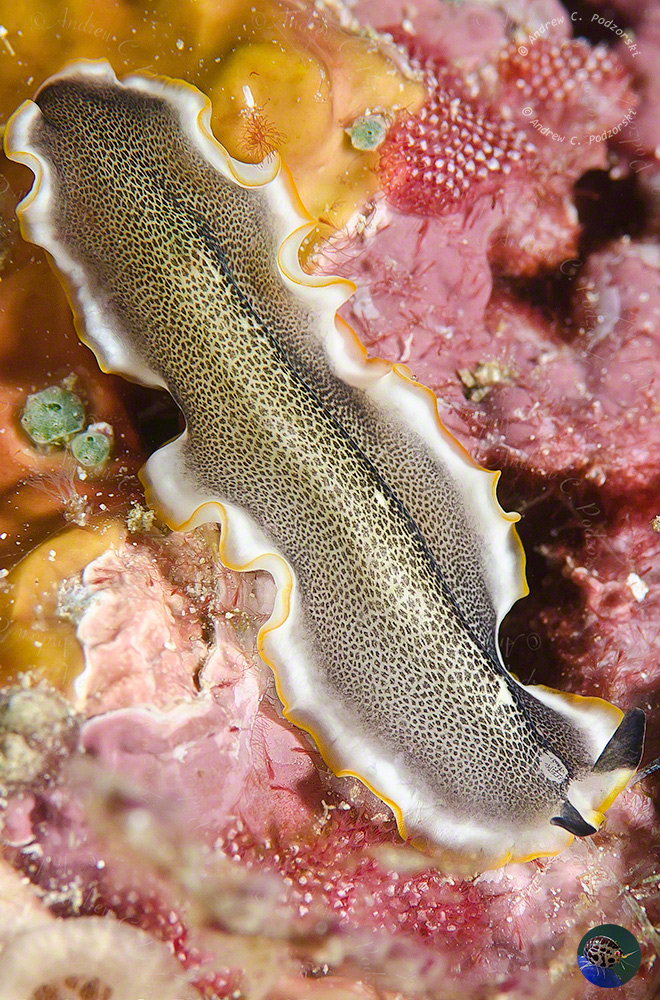












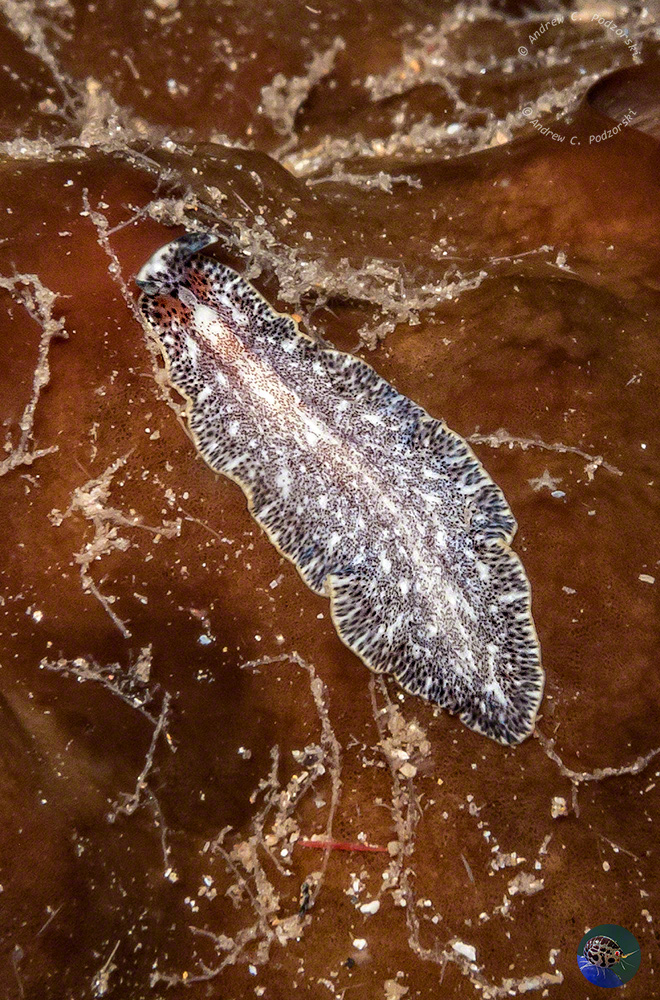





Acoel Flatworms

Divers will be familiar with these as the masses if brown "spots" covering some soft corals . They are generally small, and have dull colours. Recent DNA & phyllogenetic analysis indicates that they are not related to flatworms, but should belong to their own Phyllum. They modern members of some of the first bilateral organisms in evolutionary history.





